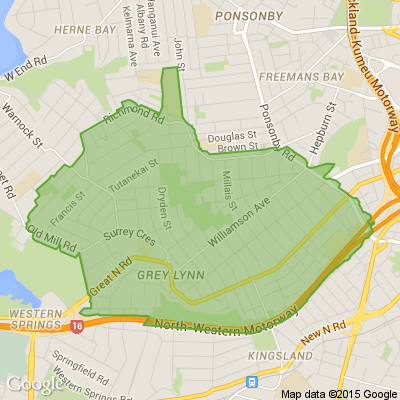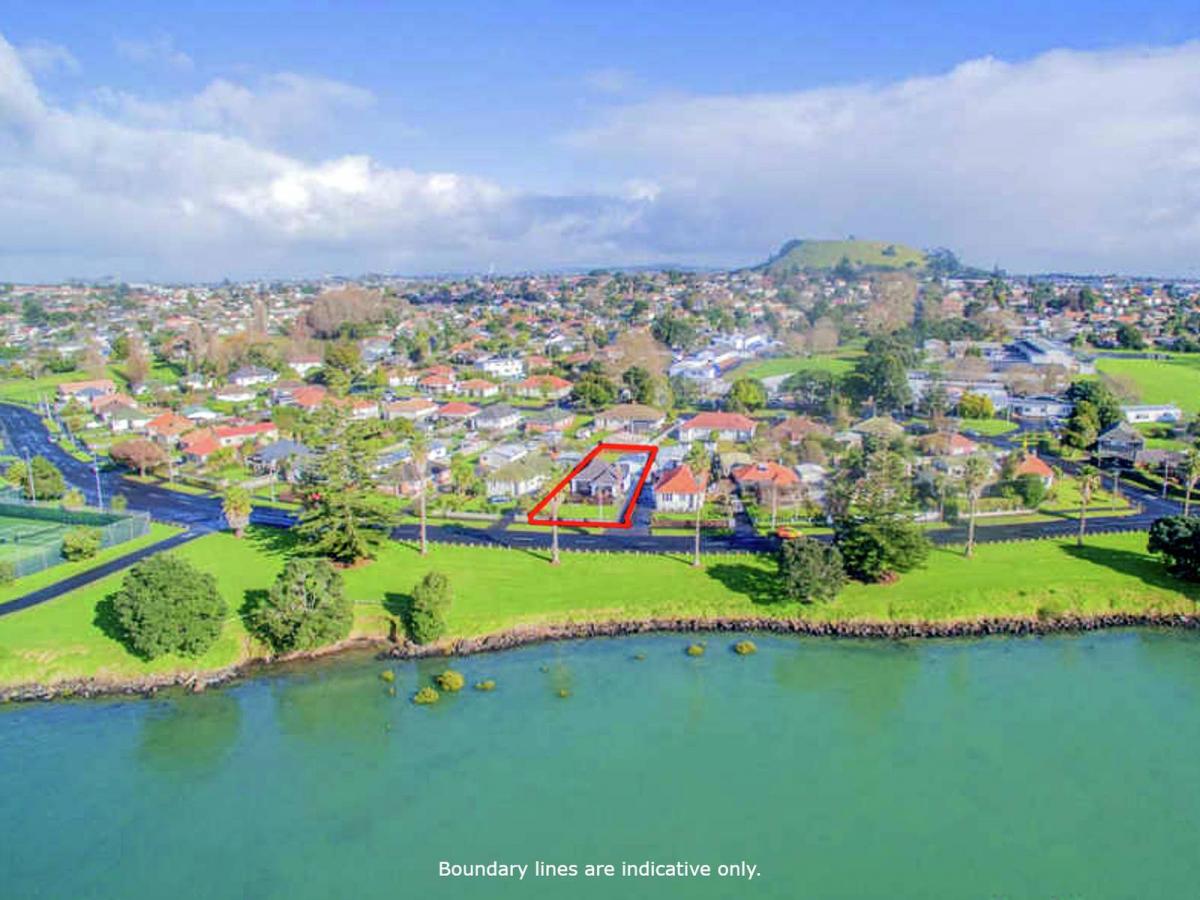Bird feeding at park “actively discouraged” amid fowl and public health concerns
Feeding the birds at Western Springs park will now be “actively discouraged” with new signage and on-site education due to disease and environmental risks.
Large geese populations, water pollution, malnourished birds, and a lack of biodiversity are some of the ongoing issues caused by people feeding the birds, said bird expert.
The new policy was unanimously supported by the Waitemata Local Board last week and will begin with “interpretive signage and education promoted by park activities” that teaches the benefits of not feeding the park’s birds.
The increased population of fowl increases the threat of bird flu and salmonella, which is an issue in such a busy public park said Ian Mclean, Auckland representative of Birds New Zealand who advised the board on the policy.
Many of the geese and ducks have developed tumours and wing deformities from malnutrition, he said.
“From an animal welfare point of view, it’s pretty poor. If anyone owned those geese they would be facing charges from the SPCA for the ill treatment of animals.
“If we stop feeding birds, we stop relying on volunteers to pick up dead and dying birds over the summer and taking them to bird rescue or burying them,” he stressed.
Pippa Coom, Waitemata Local Board chair, said there is currently some signage that discourages feeding birds at the park, however a stronger approach is needed to stop all feeding.
“It is a cultural change because people have become used to feeding ducks at the park, but what we know now about the negative impact is that we really do need to change that.”
The park, next to the Auckland zoo, is a popular destination for locals and tourists with its wildlife and natural spring lake at its centre, which has been a popular spot for bird feeding.
Faith Cleverley

Poll: Do you think banning gang patches is reasonable?
With the government cracking down on gangs, it is now illegal for gang members to display their insignia in public places whether through clothing or their property.
This means arrests can be made if these patches are worn in places like restaurants, shops, on public transport or ferries, and on airplanes. Arrests were made recently at a funeral.
Do you think this ban is reasonable?

-
0% Yes
-
0% No
-
0% Other - I'll share below
The Churning of the Great Moana - Day 13
The Churning of the Great Moana
Long ago, before the time of man, the Atua (gods) of the Māori world found themselves in disarray. The balance of life had been disturbed, and the Atua of light and prosperity, Tamanuiterā, found his power waning. The Atua of darkness, Whiro, had grown stronger, spreading unrest and despair across the land and seas. The only way to restore balance was to retrieve the sacred **Te Waiora** (the Waters of Life) hidden deep within the Great Moana (Ocean). These sacred waters could heal and bring harmony back to the world.
However, retrieving Te Waiora was no small task. It required the combined efforts of all Atua, including Whiro, who was reluctant to help. Seeing no other way, Tāne, the Atua of forests and light, proposed that they set aside their differences and work together to churn the Great Moana to bring Te Waiora to the surface.
---
Preparing the Churning
The Whakapapa of Unity:
Tāne approached all the Atua, emphasizing the importance of kotahitanga (unity) for the survival of the world. Despite their grievances, the Atua, including Tangaroa (Atua of the sea), agreed. Even Whiro, though suspicious, joined the effort.
2. The Great Tools:
Tāne uprooted the mighty **Kauri** tree to serve as the churning rod, its towering trunk reaching the heavens.
Tangaroa offered his greatest guardian, **Te Wheke-a-Muturangi** (the giant octopus), to act as the rope, its mighty tentacles binding the Kauri firmly.
3. The Moana Awakens:
The Atua stood on opposite sides of the Great Moana. Tāne and his allies held one side of Te Wheke, while Whiro and his followers grasped the other. Together, they began to churn the waters, their chants resonating with the rhythm of the waves.
---
The Churning and Challenges
Emerging Taonga:
As the Atua churned, treasures began to emerge. First came Pounamu (greenstone), a symbol of strength and endurance. Next appeared the Tāonga o te Tangata (gifts of the people): kai (food), tools, and other treasures that would one day sustain humanity.
2. The Poison of Conflict:
From the depths, a great cloud of Kapua Pōuri (dark mist) arose, spreading despair and anger among the Atua. Whiro, tempted by his darker nature, sought to abandon the task and take the treasures for himself. Seeing this, Tāwhirimātea (Atua of winds and storms) unleashed a fierce gale, dispersing the mist and reminding Whiro of their shared purpose.
3. The Sacred Te Waiora:
Finally, after much effort, Te Waiora emerged, shimmering with light. Its presence calmed the seas, and the Atua felt a sense of unity and peace.
---
Restoring Balance
Whiro, moved by the power of Te Waiora, chose to honor the pact. Though his nature was still tied to darkness, he agreed to use his strength to maintain balance rather than disrupt it. The Atua collectively shared the Te Waiora, ensuring that its power would nurture both land and sea for future generations.
---
Moral of the Story
This story teaches the importance of kotahitanga (unity) and aroha (compassion). Even when individuals or groups are divided, working together for a shared purpose can overcome any obstacle. It reminds us that true strength lies in cooperation and that every being, even those seen as adversaries, has a role to play in maintaining balance and harmony in the world.
Poll: Should all neighbours have to contribute to improvements?
An Auckland court has ruled a woman doesn’t have to contribute towards the cost of fixing a driveway she shares with 10 neighbours.
When thinking about fences, driveways or tree felling, for example, do you think all neighbours should have to pay if the improvements directly benefit them?

-
82.1% Yes
-
15.1% No
-
2.7% Other - I'll share below





 Loading…
Loading…











